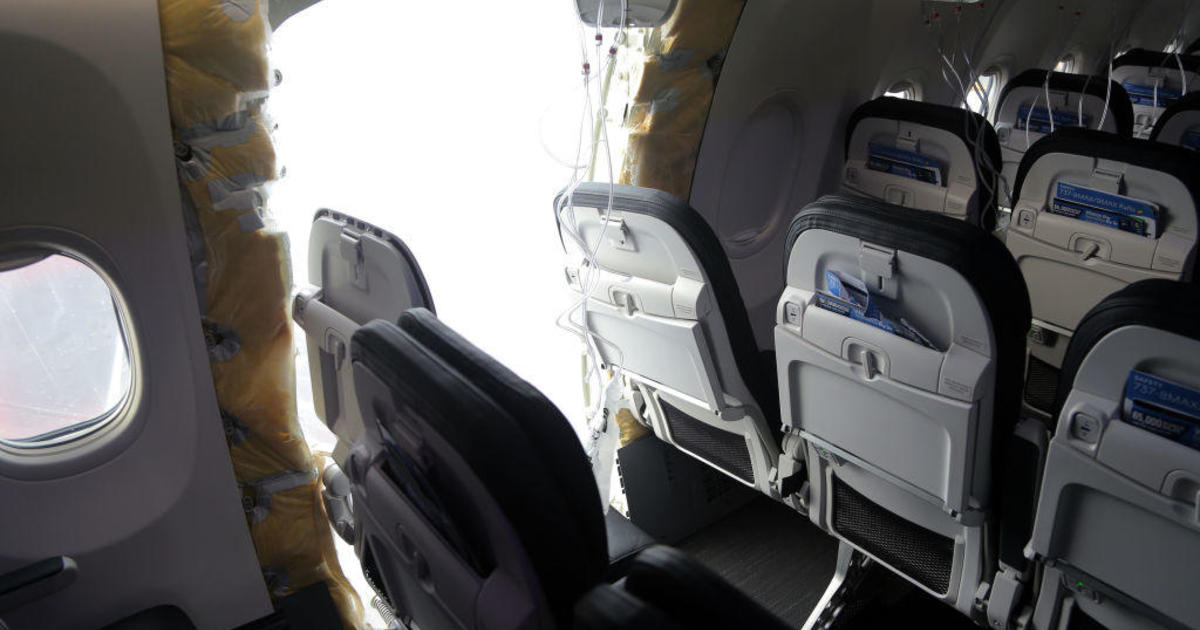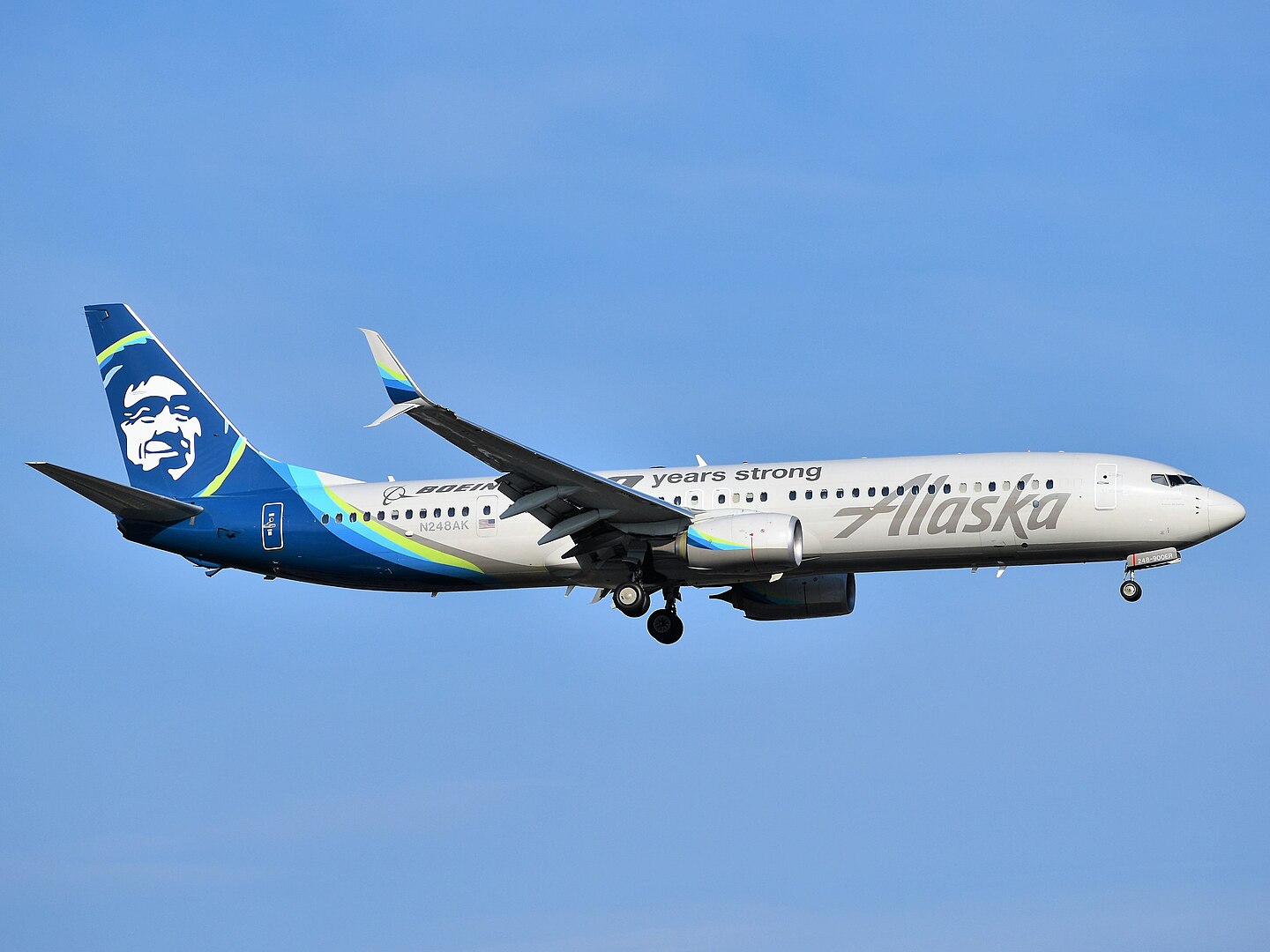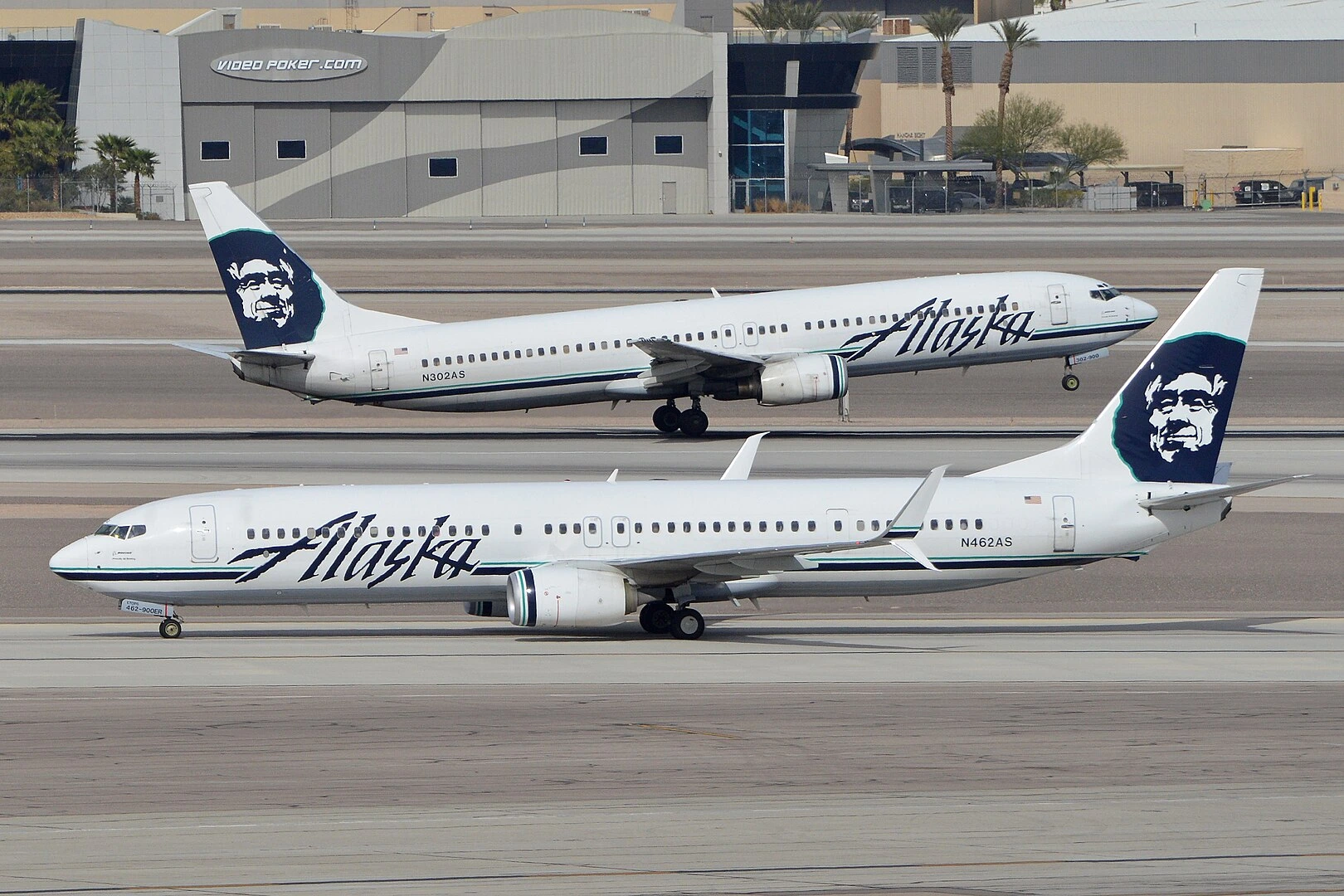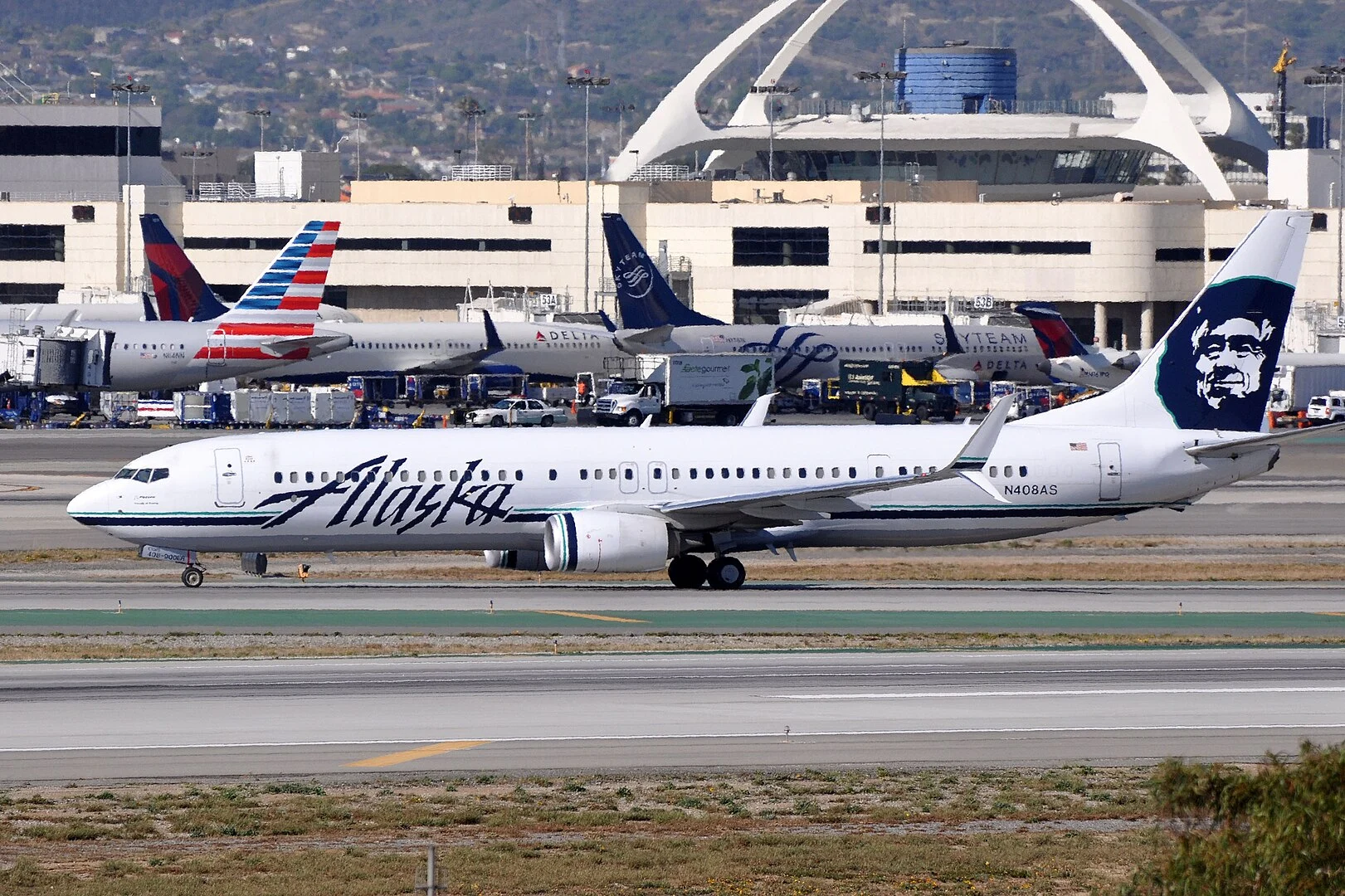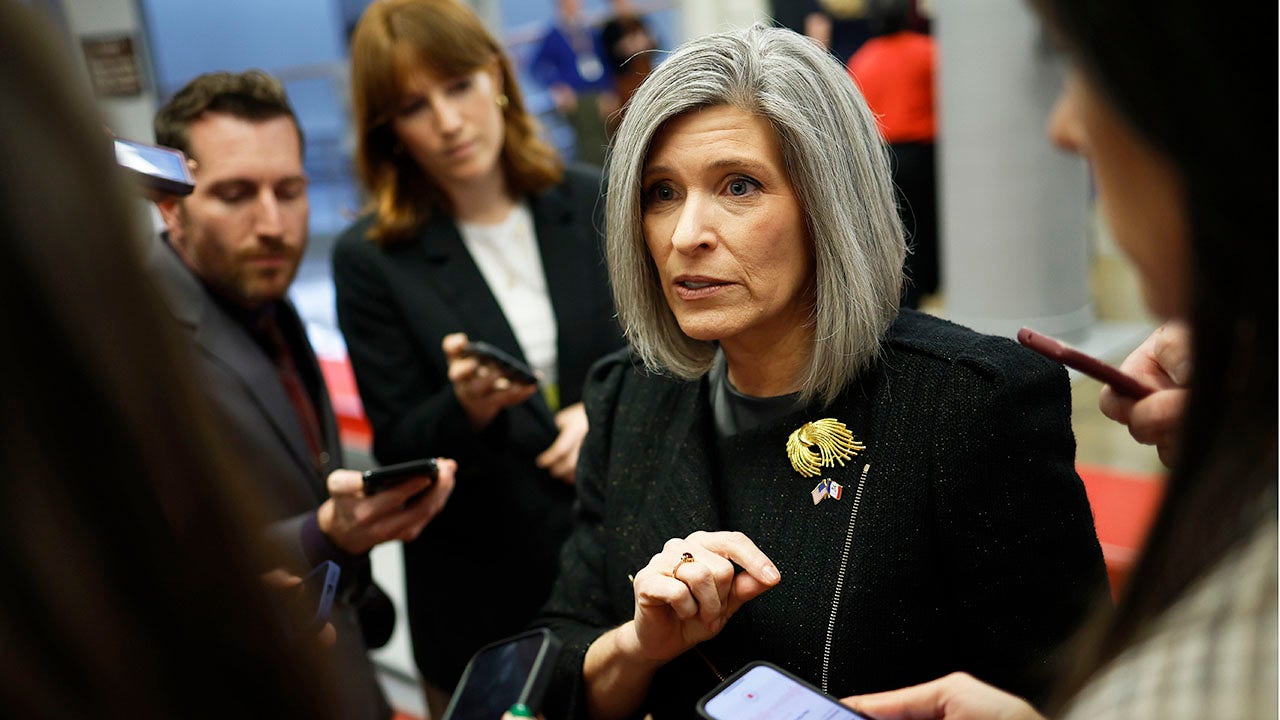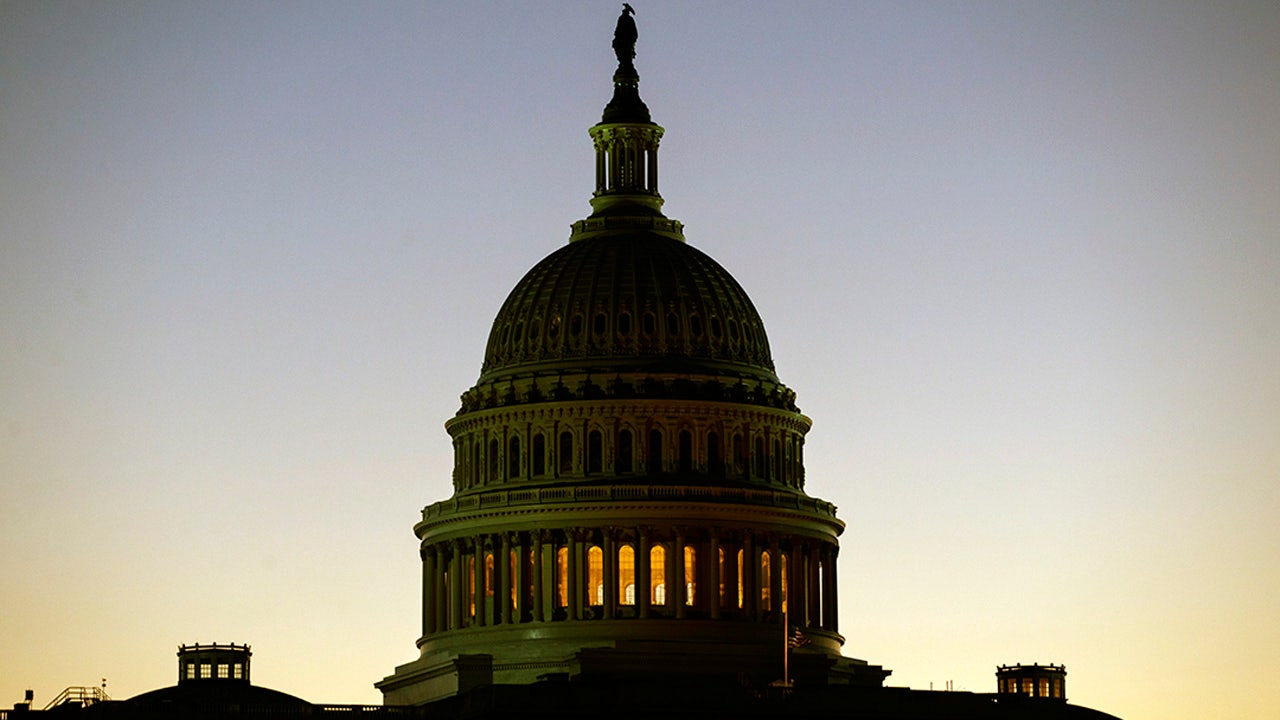Alaska
Alaska needs an efficient commuter rail system — why wait to build it? • Alaska Beacon
I recently spoke with a European friend who told me she wants to visit Alaska, travel, and hike around the state. She was surprised when I told her that public transit, specifically the rail system, is severely limited and much more expensive than air travel. Alaskans and visitors deserve efficient and affordable ways to move around the state. As we approach this fall’s elections, it’s important to think about the leadership we want and which candidates will work to enhance our economy and quality of life. Establishing a commuter rail system is a crucial part of that vision. Here’s why.
This fall, a round trip from Anchorage to Fairbanks on the Alaska Railroad’s Aurora Winter Train will cost you $452, which is $250 more than a ticket on Alaska Airlines. And if you’re visiting the state and want to take a trip to Denali without a driver’s license, a round trip by train from Golden Heart City will set you back $176. While only about 200 passengers per day desired an idyllic ride through the wilderness in the first quarter of 2024, most of us just need a solid public transit that won’t break the bank.
Streamlining commutes and easing travel
Many, including the previous gubernatorial administration, have recognized the commuter rail system as a doable solution to overcrowded roads. Bill Walker in 2018 established the Commuter Rail Advisory Task Force, which was rescinded by Mike Dunleavy in 2019. The goal of Walker’s initiative was to look into establishing a commuter rail line between Wasilla and Anchorage. The Mat-Su Borough is the state’s fastest-growing area, with a population of approximately 113,000. Many residents from the valley commute to Anchorage for work daily. According to the state’s Department of Transportation & Public Facilities, the Glenn Highway between Anchorage and Mat-Su Valley witnesses 33,000 vehicles every day. With no viable alternative route, an increasing number of Alaskans in the Mat-Su Valley daily waste one and a half hours (without traffic) commuting to and from work.
A commuter rail system is a solution that will save Alaskans time and stress. According to an early report shared by Alaska Commuter Rail Coalition, a monthly train ticket would cost commuters 74% less than paying for gas and parking.
Pragmatic economic solution funded with federal dollars
Walker’s administration found that the pilot program for the Wasilla-Anchorage line would cost $15.2 million to cover annual operating expenses and initial capital. Considering inflation, that figure would now be approximately $20.2 million, or 0.16% of the state budget for the current fiscal year. The Alaska Railroad would operate the program on the existing tracks. The bulk of the infrastructure is ready to serve hardworking Alaskans and those who want to visit our state.
The good news is that the state won’t need to use its own funds to finance the public transit we deserve. Congress in 2021 passed the Bipartisan Infrastructure Law, which includes funding for passenger rail improvement. The Alaska Railroad has already received an $8.2 million grant to replace a bridge on the North Corridor mainline in Willow. Money for the project comes from the law’s Federal-State Partnership for Intercity Passenger Rail Program, which, despite its emphasis on passenger rail, mostly benefits Alaska’s freight service. Our congressional delegation supported the historic investment, recognizing the need for updated public infrastructure. Commuter rail will not cost the state an arm and a leg. The Alaska Railroad must take greater advantage of federal dollars and offer transit options we can all appreciate. In 2002, the state-owned corporation issued a 234-page report on commuter rail benefits. It’s time to turn this theory into action.
A smart and safe solution to traffic
On average, Americans spend 54 hours a year in rush hour traffic. To me, riding a train to work sounds like a much more pleasant experience than being stuck on the road. Commuter rail is one of the safest modes of transportation and promotes economic development by expanding tax revenue and improving access to urban centers.
An efficient commuter rail system would also increase the number of tourists. My friend from Europe, who doesn’t have a driver’s license, could finally visit me and experience the beauties of our state. International tourists currently represent only 5% of all visitors. If we want people from around the world to come and spend money, we have to invest in transit infrastructure.
We deserve infrastructure supporting the prosperous, diversified economy we aspire to build. This November, let’s elect leaders who prioritize our well-being and ensure we stop wasting time and money on our highways.
GET THE MORNING HEADLINES DELIVERED TO YOUR INBOX

Alaska
Alaska baseball exhibit launches state’s participation in America250

Next year, cities and states across the nation will be honoring the American semiquincentennial, marking 250 years since the signing of the Declaration of Independence.
Each of the 50 states will have unique roles in the celebration and Alaska has already established a theme for its participation in America250: baseball.
State historian Katherine J. Ringsmuth and the Alaska Office of History and Archaeology have developed a traveling baseball exhibit, showcasing a uniquely Alaskan stitch in the American tapestry.
“Alaska’s Fields of Dreams: Baseball in America’s Far North” features nine panels — each representing an inning — that explore Alaska’s role in the national pastime.
From the Knock Down and Skin ‘Em club of St. Paul Island to the game’s expansion north to Nome and the formation of the Alaska Baseball League, the exhibit covers more than 150 years of baseball in Alaska.

Late last year, Gov. Mike Dunleavy signed Administrative Order 357, designating the Alaska Historical Commission as the state agency to coordinate with the national America250 organization and plan and coordinate events.
That put Ringsmuth and the commission, which is headed by Lt. Gov. Nancy Dahlstrom, into action to develop Alaska’s involvement.
And while some states will highlight their roles during early eras of America, Alaska has a relatively short history as part of the U.S. as the 49th state admitted. But as Alaska developed as an American territory even before statehood, baseball was a connection to the U.S.
“What we’re seeing by the 1910s, 1920s with the establishment of places like Anchorage, you see these places turning into real American towns,” Ringsmuth said. “And baseball is part of that agent that’s carrying those values.”

Alaska’s history with baseball is diverse both geographically and in the makeup of its participants.
The exhibit documents the history of Alaska Native baseball and details games in Goodnews Bay in Western Alaska and in Nome, where miners used burlap bags as bases to play on the tundra. It also covers Alaska women who play the game, the arrival of Negro League’s great Satchel Paige in Alaska in 1965, and Midnight Sun games.
The theme for Alaska’s involvement in the America250 is “History for Tomorrow,” and Ringsmuth said that look to the future is a nod at younger populations.
“I thought, let’s do something that makes our young people filled with optimism and (shows) that they can dream for tomorrow, and this can be the promise of tomorrow,” she said. “And I thought sports was a fantastic way to do that.”
The exhibit was shown at a number of places throughout the state over the summer. On Wednesday, the display will be at the Bear Tooth Theatrepub as part of the AK Sports Shorts storytelling event.
One of the seven speakers is Olga Zacharof of St. Paul, who will talk about the Knock Down and Skin ‘Em club, considered Alaska’s first baseball team.
Ringsmuth and Lorraine Henry with the Alaska Department of Natural Resources will also be on hand to talk to attendees about America250-Alaska during the intermission.
The event starts at 6 p.m. and tickets are $20. A portion of the proceeds goes to the Healthy Futures Game Changer program, which “provides small grants to youth from low income families to remove barriers to participation in sports and recreation such as equipment, fees, and transportation costs,” according to its website.

Ringsmuth said the exhibit is a device to get people to learn about the history of baseball in Alaska and an entry into other America250-Alaska events and activities.
The state has big plans for the Week of Dreams — a weeklong tribute to the nation’s pastime culminating on July 4, 2026.
Plans for the week include youth games, legacy softball and Indigenous baseball games and celebrating the addition of Growden Memorial Ballpark in Fairbanks to the National Register of Historic Places.
It will also highlight the Knock Down and Skin ‘Em club, which was founded in 1868.
With the help of Anchorage coach and former pro player Jamar Hill, Ringsmuth connected with the Major League Baseball commissioner’s office, and the event will bring up former MLB players who are also ABL alumni for the Week of Dreams events.
Even active MLB players like Aaron Judge, who was a former star for the Anchorage Glacier Pilots, could be involved via remote methods.
“Our office is talking about doing a story map we can (post) online,” Ringsmuth said. “You know, call us and we’ll record you. What’s your story of playing in Alaska? What’s your favorite memory?”
“We can still engage the players who are going to be a bit busy next summer.”
Alaska
Bartlett pulls out 3OT thriller, Dimond rides the storm: Alaska high school Week 5 roundup
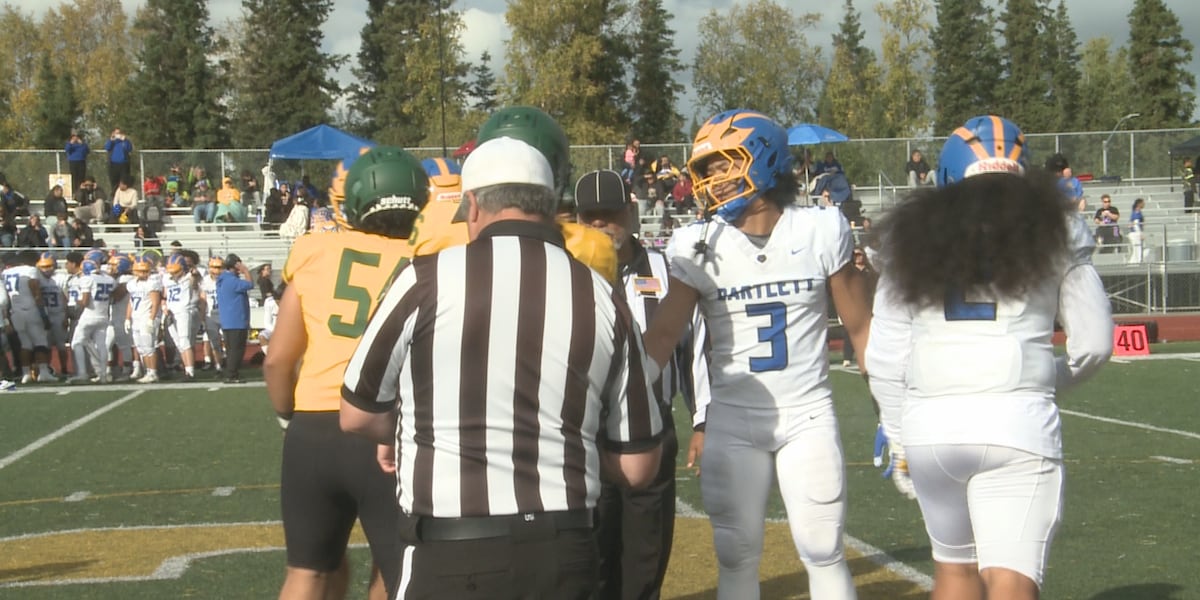
ANCHORAGE, Alaska (KTUU) – As the playoffs inch closer, each successive week of high school action carries more seeding implications and general importance – and one could tell as much from watching the slate of games this weekend.
Every team in the state was active this week except Seward in 9-man, giving plenty of opportunities for statement performances at every level.
Bartlett 12 – Service 6 (3OT)
Service played host to Bartlett looking to extend its record to 5-0, but couldn’t survive a chaotic, back-and-forth game that featured 12 combined turnovers and defensive dominance on both sides.
Golden Bears standout Deuce Alailefaleula notched a first-quarter interception and fell on an errant Service snap to tie the game at 6 late in regulation. After two overtime frames with no scoring, Bartlett back Colt Jardine plunged in for the walk-off touchdown on the first play of triple-OT.
Dimond 25 – Colony 22
The Dimond Lynx invaded a wet and wild Pride Field to take on Colony, and weathered the storm by scoring 19 unanswered points to eke out their first win of the season.
Colony fans huddled underneath tents and umbrellas watched in horror as Dimond surged ahead on a late touchdown strike, before the Knights’ last-gasp drive ended in a sack.
Eagle River 14 – Palmer 31
Though it was a much tighter contest most of the way than the final score would indicate, Palmer’s high-powered offense continued to produce in a similarly rainy matchup with Eagle River.
Twenty-four unanswered Moose points helped Palmer extend its winning streak to four, and secured its first 4-1 start since 2013.
WEEK 5 HIGH SCHOOL FOOTBALL SCORES
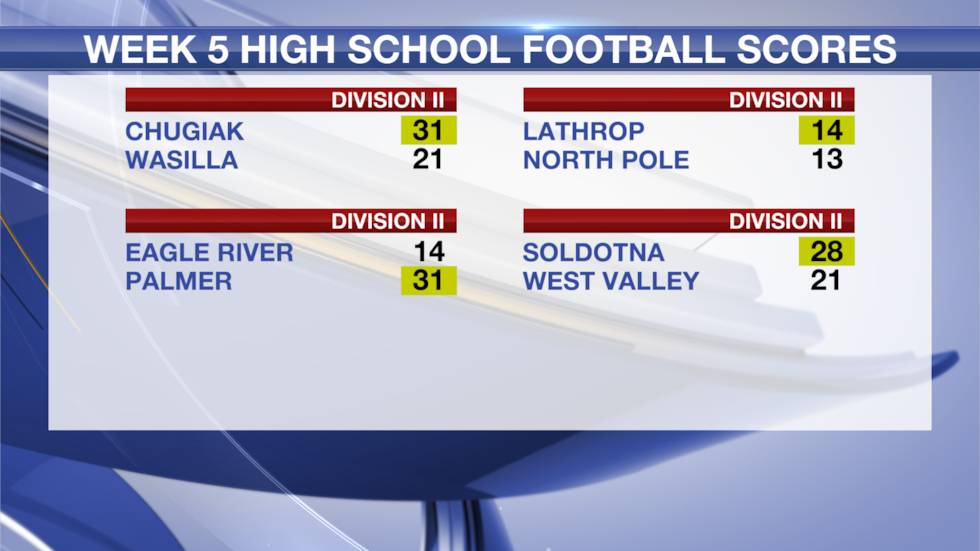
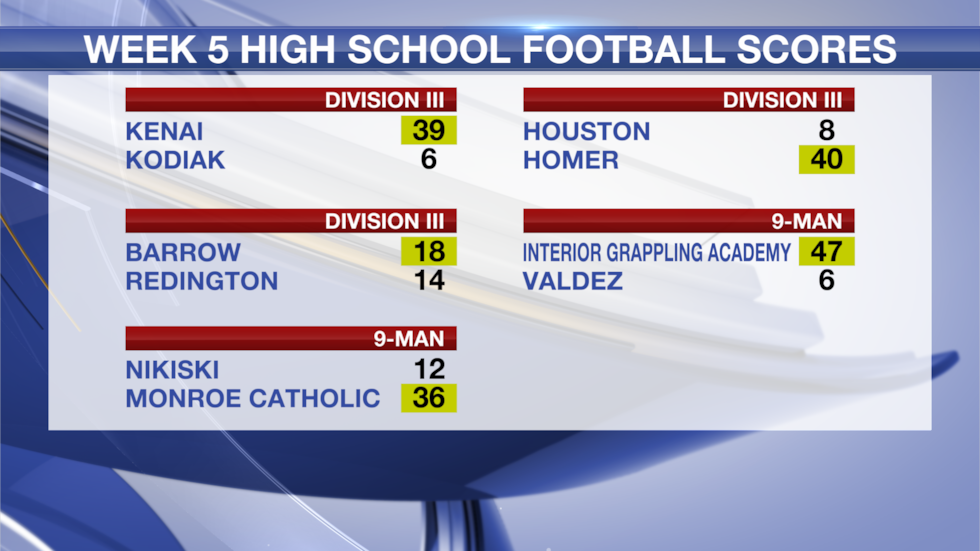
See a spelling or grammar error? Report it to web@ktuu.com
Copyright 2025 KTUU. All rights reserved.
Alaska
UPDATE: 911 outage continues in Anchorage
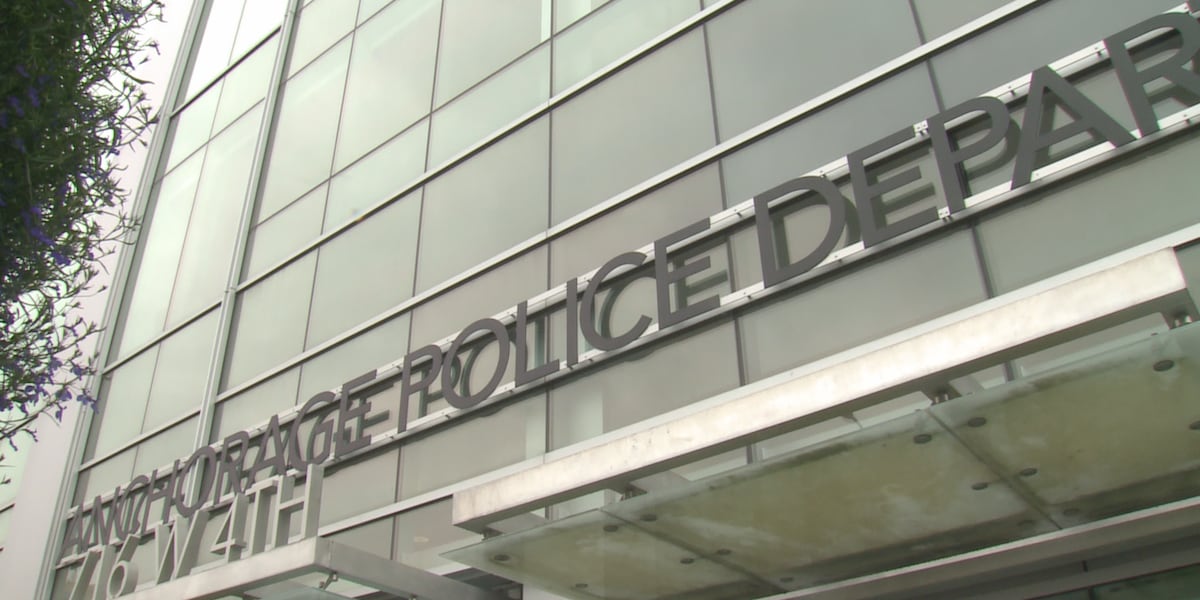
ANCHORAGE, Alaska (KTUU) – The Anchorage Police Department said an outage continues to impact the Anchorage 911 system.
It continues to encourage people in Anchorage who need to use the service to dial 3-1-1 and select option one, or call (907) 786-8900 to connect with police.
ORIGINAL: Anchorage is experiencing a 911 and voice service outage, Alaska Communications told Alaska’s News Source Friday evening.
Alaska Communications spokesperson Heather Cavanaugh said disruption involves home and business landline service as well as 911 calls in Anchorage.
Technicians are working to restore service, but there is no estimated time for when it will be back online, Cavanaugh said. The cause has not been identified, though crews are investigating the source.
“Technicians are still on site working to restore service as quickly as possible,” Cavanaugh said at about 9:40 p.m. Friday night.
Police urged residents to use alternative numbers to reach emergency dispatchers while the outage continues. Anchorage residents can dial 3-1-1 and select option one, or call (907) 786-8900 to connect with police.
Anchorage police first reported a statewide outage late Friday afternoon. Alaska Communications confirmed this evening that the issue is limited to the greater Anchorage area.
See a spelling or grammar error? Report it to web@ktuu.com
Copyright 2025 KTUU. All rights reserved.
